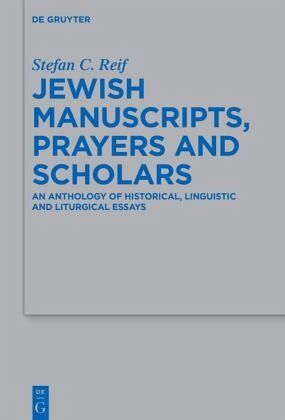Nicht lieferbar

Jewish Manuscripts, Prayers and Scholars
An Anthology of Historical, Linguistic and Liturgical Essays
Versandkostenfrei!
Nicht lieferbar
The introduction offers some thoughts on each of the four areas covered by the essays and draws some broad conclusions. Studies of the history of manuscripts and of their acquisition demonstrate their impact on research into Jewish studies and on modern Judaism's understanding of itself. What emerges from liturgical studies here included is how important it is not only to analyze texts but also to identify overall historical, geographical and cultural developments. Prayer may have been used as an educational tool and, in turn, influenced educational ideas and agendas. The liturgical themes tha...
The introduction offers some thoughts on each of the four areas covered by the essays and draws some broad conclusions. Studies of the history of manuscripts and of their acquisition demonstrate their impact on research into Jewish studies and on modern Judaism's understanding of itself. What emerges from liturgical studies here included is how important it is not only to analyze texts but also to identify overall historical, geographical and cultural developments. Prayer may have been used as an educational tool and, in turn, influenced educational ideas and agendas. The liturgical themes that occur and recur over the centuries (and especially in the talmudic and medieval periods) reflect the ideological and theological notions that lie behind prayer texts and the variant forms that they take. Some common prayers are seen to include concepts of time, views of creation, attitudes to non-Jews and definitions of Jewish peoplehood. The appreciations of some leading modern scholars of Jewish studies set them in their educational, historical and religious contexts and indicate what they had in common as experts in scientific Jewish studies as well as what remained individual about their lives, research publications and achievements.




